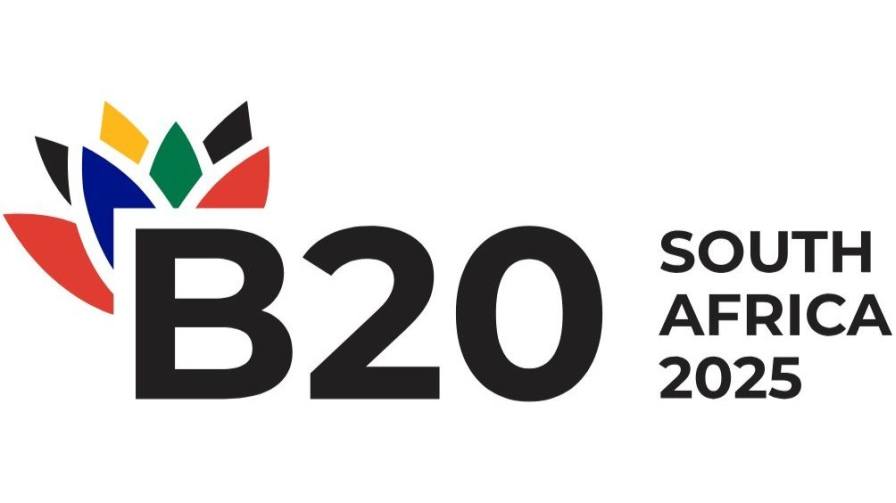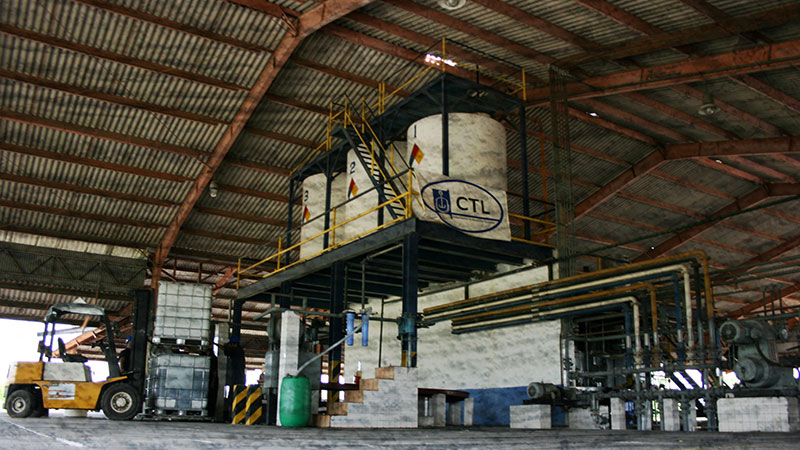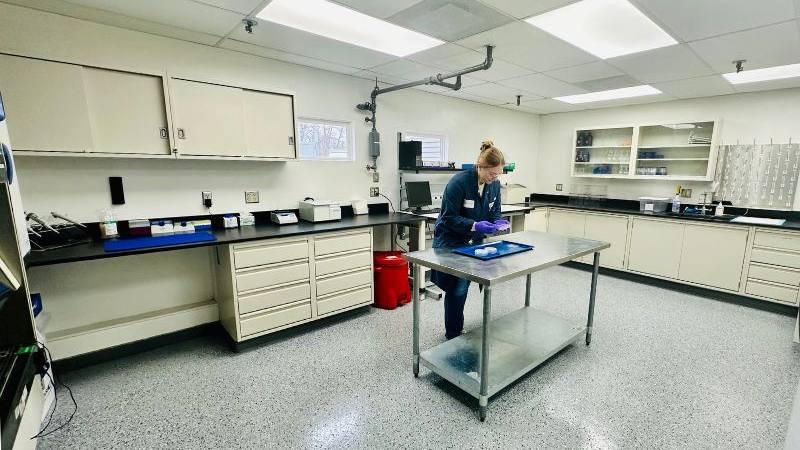What President Elect Trump’s Potential Trade Policy Moves Might Mean for Global Agribusiness
There is no doubt that the election of Donald J. Trump as the next president of the U.S. will have a profound impact on U.S. international trade policy. During his first term from 2017-2021, he pushed U.S. trade policy into places it had not been before. No president in the last 50 years had so aggressively used tariffs as a weapon to accomplish his objectives as did President Trump.
For the most part (at least for industry), President Biden left in place the “Trump Tariffs,” even increasing a few lines, especially electric vehicles (EVs). The rest of his trade policy was relatively timid as his administration would not even consider pursuing ambitious, market-opening free trade agreements even with countries that wanted them.
This article discusses where trade policy may go under the second Trump presidency.
An Open Market
Published reports make it pretty clear that Ambassador Robert Lighthizer, the U.S. Trade Representative in his first administration, and the architect of much of what occurred, will again be helping set the agenda. It is likely a positive outcome for U.S. Agriculture for a couple of reasons:
- The EV mandate is dead: There can be no doubt that EV mandates for cars, trucks, and trains would have eventually reduced the need for transportation fuels. This would have led to a reduction in the need for agricultural commodities since a large portion (likely more than 40%) of U.S. corn and soy oil is currently consumed for this purpose.
- Free Trade Agreements: It is likely that President Trump will resume his push for market-opening free trade agreements, starting with the U.K., Japan, and Kenya. In each of these instances, agreements were almost finalized during his first term.This is especially important for agricultural commodities, including ethanol, where U.S. exports are impeded by tariffs and non-tariff barriers in our trading partners. There are also a number of countries that collect dumping duties on U.S. ethanol that will be urged to reduce or eliminate such levies. It is likely that the new President will need Trade Promotion Authority to accomplish this objective, which must be granted by an act of Congress.
China – 301 Tariffs
The “official line” is that President Trump will immediately hit China with additional tariffs, more punishing than what was done in his first term and largely continued by the Biden Administration. Frankly, we don’t think that this will happen. The more likely scenario is that he will:
- Phase Two Agreement: First approach China to try to negotiate a phase 2 agreement. As many will remember, the U.S. and China signed a phase one agreement in 2018 that held off the imposition of even higher 301 tariffs in exchange for a commitment to purchase significant amounts of U.S. exports and make changes in China’s domestic policies. China did not follow through as it became clear that Trump would lose the election, COVID was at its height, and it was thought that President Biden would be more accommodating to China.
- Tariffs Remain: If there is hope for such an agreement, the tariffs that are currently in place will remain until there is proof of a change in China’s practices. Recent issues with overcapacity have likely complicated any hope for an agreement.If there is no such agreement, then the “tranche 3” tariffs will likely be increased from 25% to 30%, the “tranche 4a” tariffs will increase from 7.5% to 15% and the “tranche 4b” tariffs that were never implemented, will be set at 15%. Please request a list of agrochemicals that we prepared at the time showing where individual products fit into these tranches.Hopefully, as was done in his first administration, in recognition that some products are only available from China there will be a fair and open process for requesting exceptions. President Biden did not continue this process for many products.
- Talks for Compromise: It has been widely reported that China’s economy is struggling. The banking sector has serious issues. Further, China has made a serious effort to export its goods all over the world as it became more difficult to export to the U.S. In many instances, those markets have also reacted to this push, making it much more difficult to again make up for lost sales in the U.S. by increasing sales in other markets. Therefore, it is hoped that once the U.S. and China sit down to talk, there will be room for compromise.
Across-the-Board Tariffs – Professed to be 10% or More
It is unlikely that this will happen in this manner. In his first term, President Trump scrupulously avoided adding tariffs to any line item that would increase the cost of health care. A 10% across-the-board tariff on all U.S. imports would sink Medicare and Medicaid as the prices for pharmaceuticals, both OTC (over the counter) and prescriptions, reacted to these increases.
Also, while the President of the U.S. clearly has the authority to cut any tariff below 5% to zero and can cut in half any tariff above this level, we’re not confident that he can put in place an across-the-board increase in import tariffs without Congressional approval, for more than a short time-period, without an emergency declaration. Such approval will be very hard to get, even with Republicans controlling both Houses of Congress. In addition, such an action would clearly be in violation of our commitment to the WTO.
At the very least, if he takes this action there will be litigation that would likely impede its introduction for quite some time.
Here are four points to consider in the coming year:
- Getting a Team: Many of his proposals can likely not be acted upon until he has a team in place, especially Cabinet Secretaries. This process, even with control of the Senate, will take time, especially considering the controversial nature of some of his picks. Clearly, his first priority will likely be getting control over immigration issues and taking steps to reduce the costs of energy by increasing supply through executive action.
- Global Warming: A greatly lessened emphasis on global warming in both international and domestic policies will lead to very contentious relations with some of the U.S.’s largest trading partners, especially the EU.
- USMCA: USMCA needs to be re-affirmed by July 1, 2026. This negotiation has been made more difficult by recent changes in the Mexican constitution, especially judicial reform.It is likely that President Trump will demand changes in the rules of origin for automobiles and especially EVs. Once the rules are opened, who knows where the changes will end. They could eventually lead to changes in the rules that impact chemicals, and agricultural chemicals in particular.We, and many others, will be working hard to try to change the rules for manufacturing duty drawbacks to permit this practice within USMCA. It is also likely that these efforts will seek to permit exports from free trade zones within USMCA.Thankfully, all import duties/tariffs collected by the U.S. are allowed to access duty drawback benefits with all of the free trade partners except within USMCA.President Trump will also be looking for access to Mexico’s energy industry. It is likely that there are several other sections of the agreement that will be closely examined as well.
- U.S. Energy: Lastly, “drill, baby, drill” is threatening to many of our competitor’s worldwide as it implies that cost for energy in the U.S. will be reduced which is advantageous to the entire U.S. economy, but most especially chemical manufacturers.






